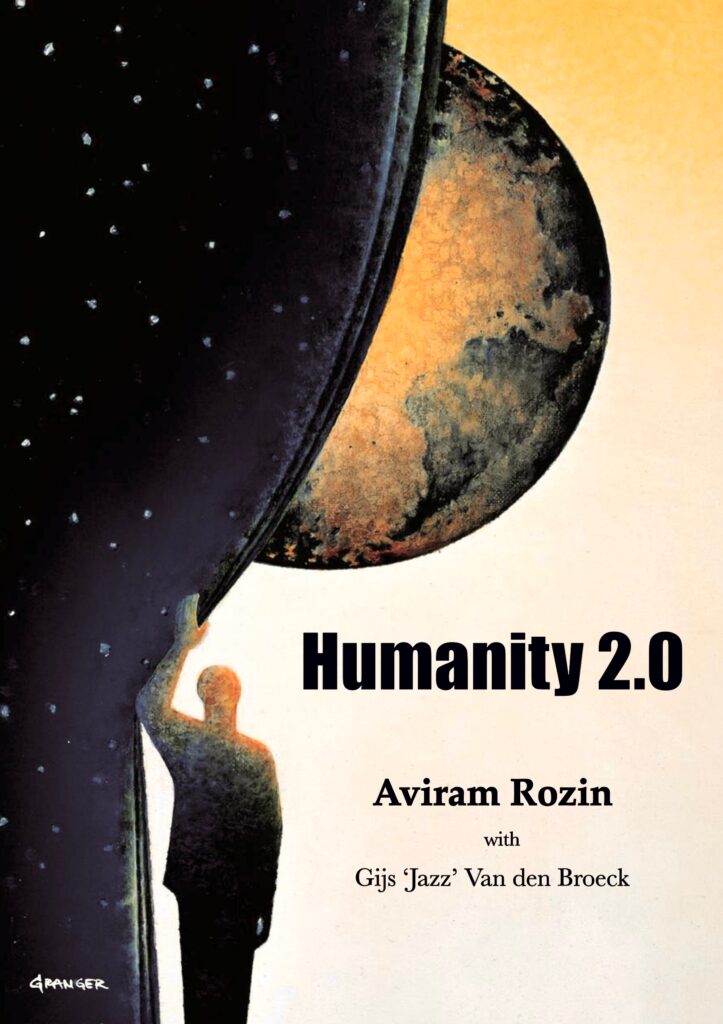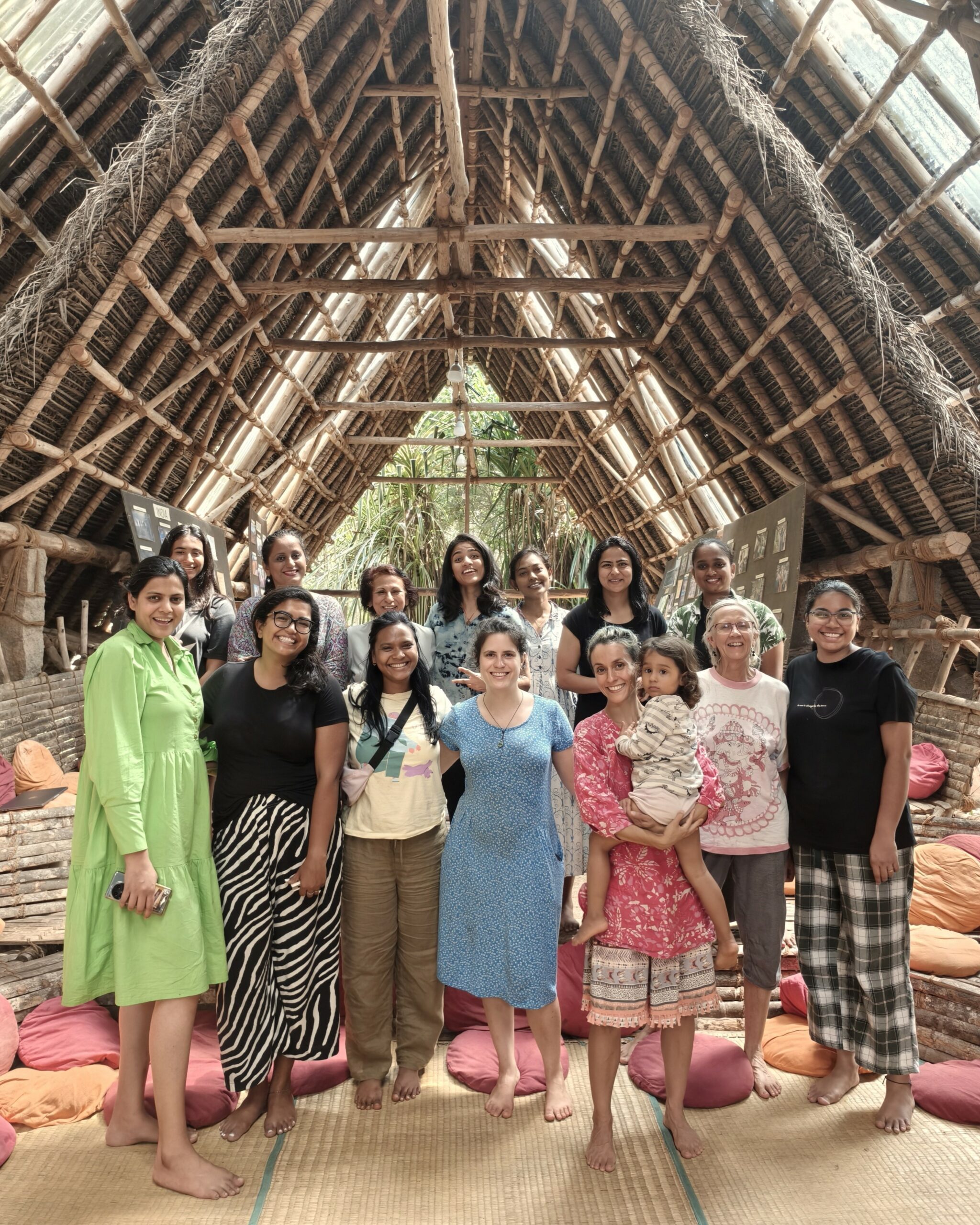Domestic Water Use Kenya
When speaking of water conservation, the average person probably thinks about brushing their teeth and taking showers. With many volunteers a year and thousands of guests visiting all three projects, we must consider these same ideas.
To manage daily water use, Sadhana Forest Kenya will employ a variety of tools along with simple and effective strategies.
Reducing Usage
Hand Wash Stations
Sadhana Forest’s hand wash stations are famous, though the idea predates the oldest volunteer at Sadhana Forest. Simply take any vessel, put a small hole in the bottom of it, and suspend it at hand washing height. Pour as much water as is needed, usually this is on average 150 mL to 300 mL (5 oz to 10 oz). We make these from metal cups, plastic bottles, and coconut shells. Sadhana Forest Kenya will be using one of these versions at its campus. It can be done anywhere where hands are washed, including a modern home.
Showers
We shower with a bucket and a cup to help us, 1) observe how much water we use during a shower, and 2) helps us to raise our consciousness regarding conserving water. We believe it is important to see how much water we use and we feel (the weight of the water) when we take a bucket shower. Ultimately, this allows us to really appreciate the amount of water that has been used.
Protecting Our Water Resources
Sadhana Forest Kenya is still looking for suppliers of environmentally friendly products such as soap and toothpaste. We aim to only use biodegradable products. This is to protect all those that use the water, be they plant, animal or human.
Re-using Water
A sponge is a Permaculture technique that involves a hole in the ground which is fed large amounts water and organic material into the center of it. On the edge of the hole plants which enjoy this type of environment are grown. Combining our hand washstation with a sponge equals a nearly zero waste washing system.



